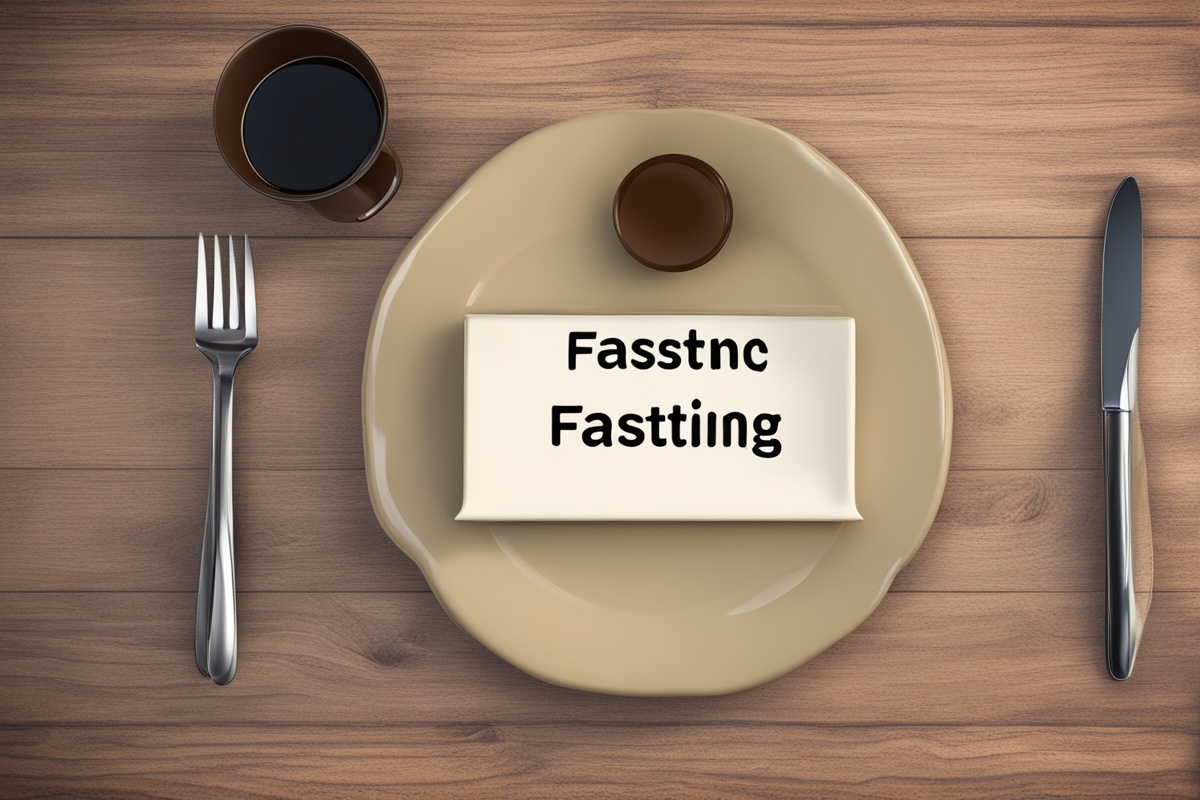Fasting has been practiced for centuries across various cultures and religions, often for spiritual or health reasons. In recent years, a specific type of fasting known as intermittent fasting (IF) has gained significant attention for its potential benefits in weight management, metabolic health, and overall well-being. If you’re curious about this trending dietary approach, you’re in the right place. This post dives deep into Understanding Intermittent Fasting Principles, breaking down its core concepts, benefits, methods, and practical tips to help you decide if it’s right for you.
What Is Intermittent Fasting?
Intermittent fasting is not a diet in the traditional sense but rather an eating pattern that cycles between periods of eating and fasting. Unlike conventional diets that focus on what you eat, IF emphasizes when you eat. The primary goal of intermittent fasting is to allow the body to enter a state of rest and repair by limiting food intake for specific time windows. Understanding Intermittent Fasting Principles starts with recognizing that this approach leverages the body’s natural metabolic processes to improve health markers like insulin sensitivity, fat burning, and cellular repair.
IF doesn’t prescribe specific foods but instead focuses on timing. This flexibility makes it adaptable to various lifestyles and dietary preferences, whether you follow a ketogenic, vegan, or balanced diet. To learn more about how fasting impacts metabolism, check out our post on Fasting and Its Effects on Metabolism.
Core Principles of Intermittent Fasting
At the heart of Understanding Intermittent Fasting Principles are a few key concepts that define how it works. First, IF operates on the idea of creating a calorie deficit by restricting the time window in which you consume food. This can naturally lead to reduced calorie intake without the need for meticulous tracking. Second, fasting triggers metabolic shifts, such as switching from glucose to fat as the primary energy source—a process known as ketosis. Finally, fasting periods allow the body to focus on autophagy, a cellular cleanup process that removes damaged cells and regenerates healthier ones.
These principles are grounded in the body’s evolutionary adaptation to periods of food scarcity. By mimicking these conditions, IF aims to optimize health and longevity. For a deeper dive into autophagy, read our related article on How Fasting Promotes Cellular Repair.
Popular Intermittent Fasting Methods
There are several approaches to intermittent fasting, each with its own structure and rules. Understanding Intermittent Fasting Principles means familiarizing yourself with these methods to choose one that aligns with your goals and lifestyle. Here are some of the most popular IF protocols:
- 16/8 Method: This involves fasting for 16 hours and eating during an 8-hour window. For example, you might eat between 12 PM and 8 PM, fasting for the remaining hours. It’s one of the most beginner-friendly methods.
- 5:2 Diet: In this approach, you eat normally for five days of the week and restrict calorie intake to 500–600 calories on two non-consecutive days. It offers flexibility for those who prefer not to fast daily.
- Eat-Stop-Eat: This method involves a full 24-hour fast once or twice a week. For instance, you might fast from dinner one day to dinner the next day, then resume normal eating.
- Alternate-Day Fasting: As the name suggests, you alternate between fasting days (minimal calorie intake) and regular eating days. This is more intense and may not suit beginners.
Each method has its unique benefits and challenges. If you’re new to IF, starting with the 16/8 method is often recommended. For tips on getting started, explore our guide on Beginner’s Guide to Intermittent Fasting.
Health Benefits of Intermittent Fasting
One of the reasons intermittent fasting has become so popular is its wide range of potential health benefits. Understanding Intermittent Fasting Principles also means knowing how it can positively impact your body. Research suggests that IF may help with:
- Weight Loss: By reducing the eating window, many people naturally consume fewer calories, leading to weight loss. Additionally, fasting boosts metabolism by increasing norepinephrine levels.
- Improved Insulin Sensitivity: Fasting can lower blood sugar levels and improve insulin resistance, which is beneficial for managing or preventing type 2 diabetes.
- Heart Health: IF may reduce risk factors like blood pressure, cholesterol levels, and inflammation, contributing to better cardiovascular health.
- Brain Health: Fasting increases the production of brain-derived neurotrophic factor (BDNF), a protein linked to improved cognitive function and protection against neurodegenerative diseases.
- Longevity: Animal studies suggest that fasting may extend lifespan by promoting cellular repair and reducing oxidative stress.
While these benefits are promising, results can vary based on individual factors like age, activity level, and adherence to the fasting schedule. Curious about fasting and brain health? Check out our article on Fasting for Mental Clarity and Focus.
Potential Challenges and How to Overcome Them
While intermittent fasting offers numerous benefits, it’s not without its challenges. Understanding Intermittent Fasting Principles includes recognizing potential pitfalls and preparing to address them. Common issues include hunger, irritability, fatigue, and overeating during eating windows. These are often most pronounced during the initial adjustment period as your body adapts to the new eating pattern.
To mitigate these challenges, start gradually by shortening your eating window over a few days or weeks. Stay hydrated during fasting periods, as dehydration can exacerbate hunger and fatigue. Additionally, focus on nutrient-dense foods during eating windows to ensure your body gets adequate nutrition. If you’re struggling with cravings, our post on Managing Hunger During Fasting offers practical strategies to help you stay on track.
Tips for Success with Intermittent Fasting
Embarking on an intermittent fasting journey can be rewarding if approached with the right mindset and preparation. Understanding Intermittent Fasting Principles is only half the battle; implementing them effectively is key. Here are some actionable tips to help you succeed:
- Start Small: If you’re new to fasting, begin with a less restrictive method like the 16/8 protocol before progressing to more intense approaches.
- Plan Your Meals: Prepare balanced meals for your eating windows to avoid impulsive, unhealthy food choices. Include protein, healthy fats, and fiber to stay full longer.
- Listen to Your Body: Pay attention to how you feel during fasting. If you experience dizziness, extreme fatigue, or other concerning symptoms, adjust your approach or consult a healthcare professional.
- Stay Busy: Distract yourself from hunger by engaging in work, hobbies, or light exercise during fasting periods.
- Be Patient: Results from intermittent fasting take time. Focus on consistency rather than perfection, and celebrate small milestones along the way.
Intermittent fasting is a personal journey, and what works for one person may not work for another. Experiment with different methods and schedules to find your ideal balance.
Disclaimer: The information provided in this post is for educational purposes only and should not be considered medical advice. Intermittent fasting may not be suitable for everyone, including individuals with certain medical conditions, pregnant or breastfeeding women, or those with a history of eating disorders. Always consult a healthcare professional or registered dietitian before starting any new dietary or fasting regimen to ensure it is safe and appropriate for your individual needs.
References
- Harvard Health Publishing – Intermittent Fasting: Surprising Update
- New England Journal of Medicine – Effects of Intermittent Fasting on Health, Aging, and Disease
- Mayo Clinic – Intermittent Fasting: What You Need to Know
- National Institutes of Health – Intermittent Fasting and Weight Loss
- WebMD – What Is Intermittent Fasting?
This content is for informational purposes only and not a substitute for professional advice.






